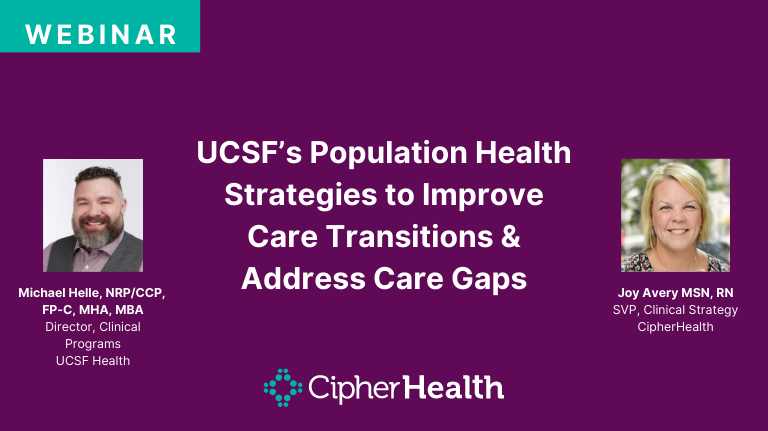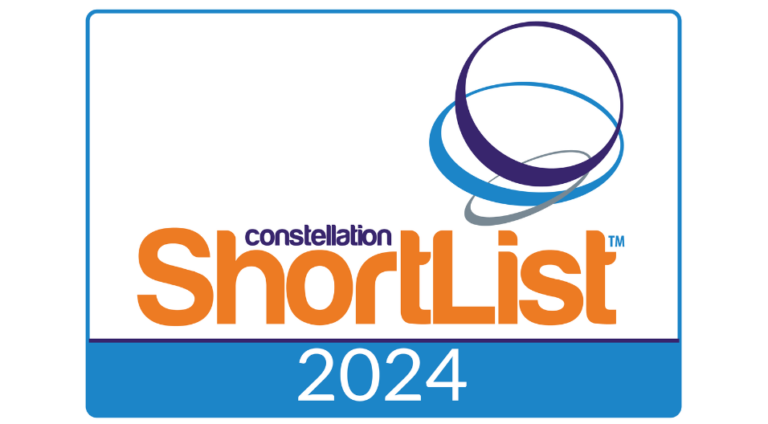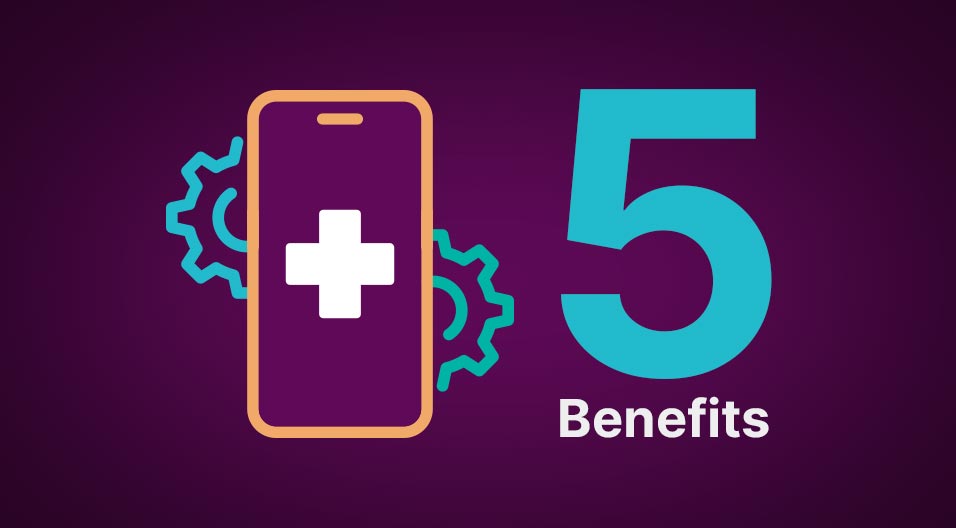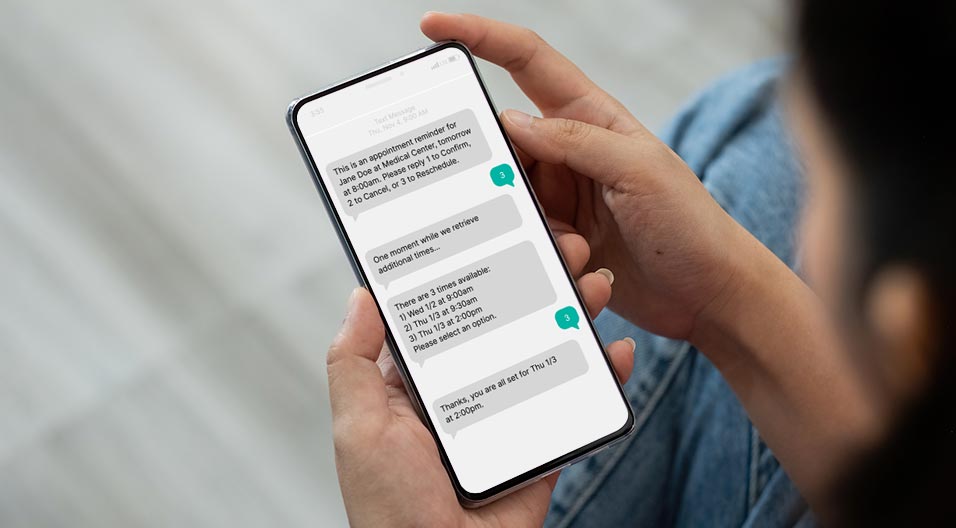In this series, we explore the concept of Patient Experience as an outcome measure and Patient Engagement as the strategy that healthcare organizations and providers take to positively impact the Patient Experience. In this article, we showcase how hospitals can leverage patient engagement to improve the experience at the point of care.
It has been many years since the concept of “Rounding” has been introduced and embraced as essential to patient care delivery. At a basic level, staff members go into a patient’s room and ask questions about his or her stay. This time can prove to be extremely valuable to patients and their family members when performed consistently and thoughtfully. When questions are designed to gently probe for issues, ensure that the voice of the patient is heard, and incorporated into their plan of care amazing things can happen. At first glance, it may seem that any visit with a patient would be beneficial. Visiting a patient. Introducing yourself. That should be helpful right?
As we have explored before, rounding must be purposeful to truly deliver upon the promise of improving patient satisfaction, quality rounds are critical to patient perception and must be incorporated into an organization’s Patient Engagement Strategy. When rounding is not purposeful, patients’ may feel betrayed and scared if they communicated an issue that was not resolved or felt that the care team was not aware of their care needs.
What is Purposeful Rounding? And How Can Hospitals Measure Success?
Purposeful rounding is exactly as it sounds, to round with purpose. Measuring quality may appear much harder than measuring quantity; however, once mastered, is intuitive and infinitely more beneficial to your organization and to your patients.
You know you are rounding with purpose when you are uncovering what matters to the patient and immediately acting upon identified issues. Simply asking a patient if they understand their medications is one thing, but if they say they have questions are you answering those questions and/or getting the resources they need to feel confident in their care? Something as seemingly small as emptying a trashcan can make all the difference in the patient experience. With proactive and purposeful rounding, leaders can uncover these issues and address them before they become larger problems.
Although you can utilize pen and paper to measure rounds, it is recommended to find a solution that tracks patient issues and how long it can take to resolve them. By doing this, executives can identify trends that have a largest impact on the organization. Is one staff member especially good at uncovering opportunity areas for improvements? Does one unit need retraining in service recovery? Do Service Level Agreements (SLA) need to be put in place with ancillary departments who are the recipients of these requests? These are the types of questions that organizational-level data can provide and can help the entire organization on the path to high-quality care.
Purposeful Rounding in Action: Henry Ford Health System Uncovers Opportunities to Enhance the Patient Experience
Henry Ford Health System worked with their CipherHealth success team to analyze over 50,000 rounds that took place upon moving from a pen and paper rounding process to one that was digitally augmented with CipherRounds. During this analysis, they found that when a round had two or more opportunity areas identified, there was a significant increase in patient satisfaction scores.
When rounding on patients, opportunity areas can range from small to large. Anything from environmental services issues to nutritional counseling can be a chance to turn a potentially negative experience to a positive one.
Vanessa Mona, Director of Care Experience at Henry Ford states, “We don’t want to walk into the room and sound like robots,” she asserted. “We want to walk in there and make sure that we’re sincere, we’re empathetic and we’re really connecting with the patient.”
As we continue this series we hope to highlight the many ways in which patient engagement and truly listening to patients can positively impact patient experiences throughout the entire continuum of care. Successful patient engagement strategies should be measured by more than just HCAHPS scores and should include KPIs such as safety outcomes, staff engagement, and patient loyalty.
For more information about purposeful rounding, we invite you to explore these resources:








